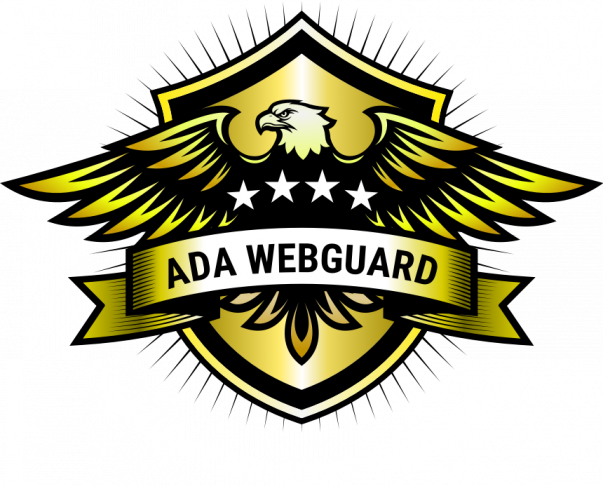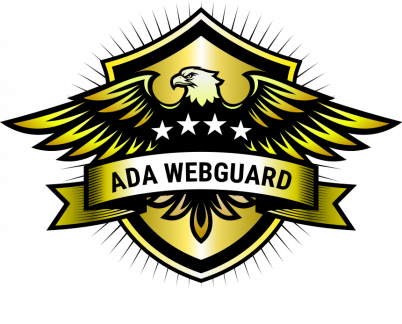We live in a highly digital world. Most of us are constantly using our phones, laptops, computers, and tablets. We use these devices to learn, play games, do work, read, and communicate and interact with each other.
But what if you are blind? Are you able to participate in that digital world?
The National Federation of the Blind considers people as blind “if their sight is bad enough—even with corrective lenses—that they must use alternative methods to engage in any activity that people with normal vision would do using their eyes.” According to a study conducted by the National Federation of the Blind, it is estimated that 7.3 million Americans have a vision disability.
So, you can see for a large portion of Americans, the only way for a visually impaired person to access that digital world is through assistive technologies, more specifically, using a screen reader, braille output devices, and digital screen magnification to interact.
Screen readers are software programs that identify the elements displayed on a screen and repeat that information back to the user via text–to–speech or braille output devices. While sighted people visually scan a page, people who have visual impairments use screen readers to identify text, links, images, headings, navigation elements, page regions, and so on.
Screen readers also present information in strict sequential order: users must patiently listen to the page’s description until they encounter something interesting; they cannot directly select the most promising element without first attending to the elements that precede it.

However, some amount of direct access is available. If users expect the shopping cart to be in the upper right corner, they can touch that part of the screen directly.
There are over fifteen screen readers on the market today. Some of the most popular ones are JAWS (Window), NVDA (Window), VoiceOver (Mac & iOS), Talkback (Android), and ChromeVox (Chromebook).
The World Wide Web Consortium(W3C), in their Web Content Accessibility Guidelines (WCAG) of criteria, is incorporating the demand for websites to be optimized to assistive technologies. Moreover, if a website is compatible with a screen reader, it is likely to be accessible for people with other types of disabilities, such as motor impairments.
For more information about screen readers or website accessibility, contact Garett Grabarnick from ADA WebGuard at 833-232-9321 or go to www.adawebguard.com


